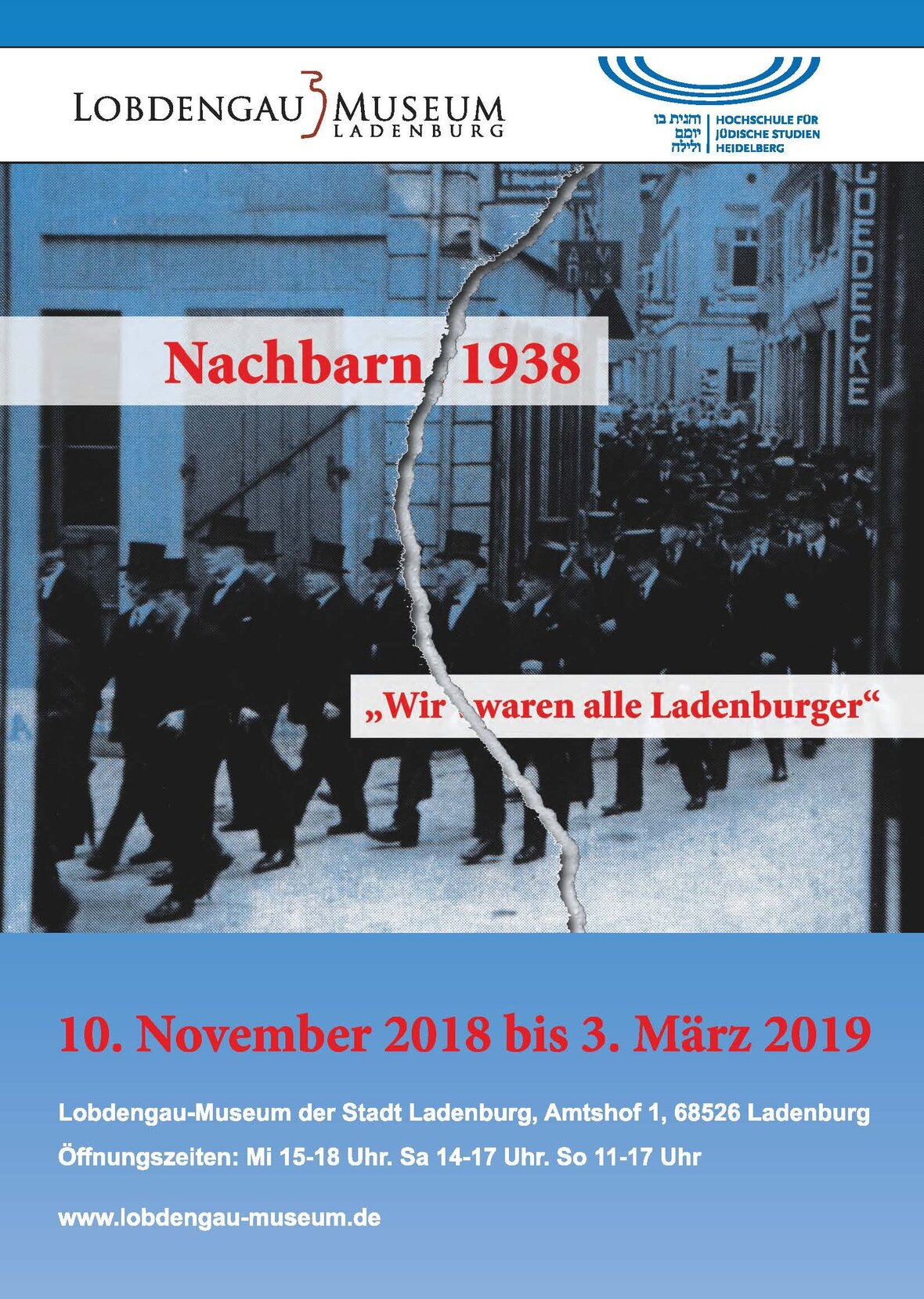Completed Projects
The New Gallia-Germania Judaica (2017-2021)
In March 2017, the digital New Gallia-Germania Judaica (NGGJ) was established at the Ignatz Bubis Endowed Chair.
The digital NGGJ takes up the strands of Gallia and Germania Judaica, which are important for research but have become outdated, for the period from the beginnings of Ashkenaz (ca. 900) to 1300 . Focusing on the core landscapes of Ashkenaz from the Upper and Middle Rhine (i.e. the present-day federal states of Baden-Württemberg, Hesse and Rhineland-Palatinate) to Champagne, the articles on places and landscapes are brought up to date with the latest research across borders. No new edition is planned as a book series. Instead, the intentions of the original initiators are to be fulfilled with the consistent use of today's technical and media possibilities: The NGGJ will offer users free access (open access) as a digitally supported, interactive web platform geared towards continuous updating. It will enable barrier-free work and ensure that Judaism is perceived as an integral part of European history and the present.
The pilot project was funded for four years (2017-2021) as part of the RISC funding program by the Baden-Württemberg Ministry of Science, Research and the Arts, the Klaus Tschira Foundation and the Central Council of Jews in Germany K.d.ö. R. funded.
Scope:
two staff positions (1 TVL 13 [25%] and 2 Hiwi positions (10 and 30 hours/month).
Staff in Germany:
Prof. Dr. Johannes Heil (project leader)
Lukas Stadler, M.A. (research assistant and project coordinator)
Melissa Bronner (student assistant)
Marco Müller (software development)
Staff in France:
Dr. Claire Soussen (Maitre de conférence-HDR Université de Cergy-Pontoise)
"We were all Ladenburgers"
An exhibition project by the Ignatz Bubis Chair with students from the HfJs and Heidelberg University
What happened in Ladenburg in 1938 was hardly any different from what happened elsewhere in Germany in those weeks and months: Ladenburg was a typical small German town of the time. Jews and Christians lived side by side and together for centuries. As Lea Weems (née Krell), who emigrated to the USA after the war, said in an interview: "We were all Ladenburgers". The Reichspogromnacht of 1938 put a violent end to this.
To mark the 80th anniversary of this event, students from the Heidelberg University of Jewish Studies and the Ruprecht-Karls-Universität Heidelberg, under the direction of Prof. Johannes Heil and Dr. Amelie Sagasser, have designed an exhibition with the Lobdengau Museum that offers insights beyond the already known facts and figures. It shows the inhabitants of the city and
and their relationships with each other: who were the people who lived next door to each other here? What stories and events shaped the families? How can we trace the stages of exclusion and the break-up of social relationships through to open violence and persecution in the small town? What fate did the Jewish inhabitants of Ladenburg suffer after 1938?
The exhibition opened on November 10, 2018 at 7 pm in the Domhofsaal of Ladenburg Town Hall. The exhibition in the Lobdengau Museum, Ladenburg, was extended several times until summer 2019.

